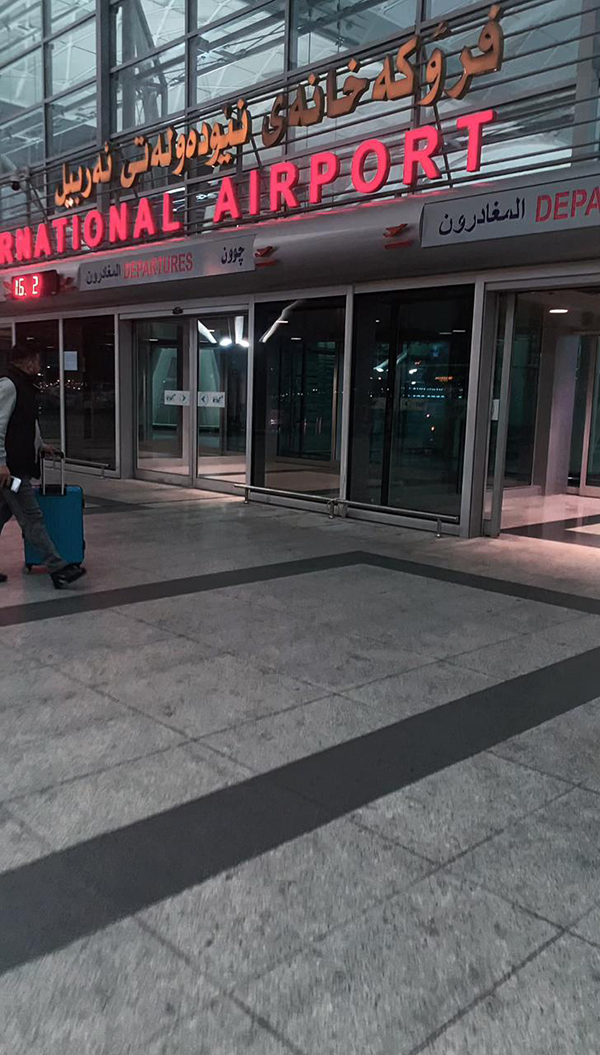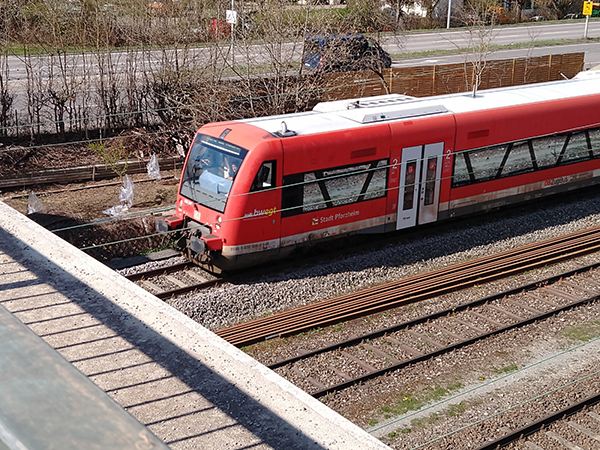With 25 to 30 million people, the Kurds are the world’s largest ethnic group with their own language, but without their own state. After the fall of the Ottoman Empire, their vast settlement area in the Middle East was divided up among the newly formed states of Syria, Iraq, Turkey and Iran. In the 19th century, an administrative reform of the Ottoman Empire created a province called “Kurdistan”, which was soon dissolved.
In Germany, Kurds are not included in official statistics as they are categorised as belonging to their country of origin. Two academics who study the Kurds in Germany estimate that there are around 1.3 million of them. This makes the population of Kurdish origin one of the largest immigrant groups in Germany.
Kurds have mainly immigrated to Germany from Turkey, but also from Iraq, Syria and Iran. A smaller proportion come from Lebanon, Israel and former Soviet republics such as Armenia, Azerbaijan and Georgia. In recent years, Kurdish refugees have mainly come from Syria and Iraq and, since 2022, increasingly from Turkey.
Whether they receive protection in Germany differs significantly depending on their country of origin: while the protection rate over the past 13 years for Kurdish refugees from Syria was 89 per cent, it was only 10 per cent for Kurdish refugees from Turkey.
There is no reliable data on the religion of Kurds in Germany. Most are Sunni Muslims, but there are also Alevis, Yazidis, Shiites, Christians, Jews and Zoroastrians. What is known, however, is that the largest Yazidi community lives in Germany after the genocide by the so-called Islamic State (IS). The academic Çinur Ghaderi assumes that the majority of Kurds in Germany live secular lives. This is due in particular to the strong political Kurdish movement, which is a more important anchor point for many Kurds than religion.
The migration of Kurdish groups to Germany began as early as the 1920s. The first immigrant groups largely belonged to the Kurdish intellectual elite. They came to study or for a diplomatic mission, partly for political reasons.
A second phase of Kurdish migration to Germany began with the recruitment agreement for guest workers between Germany and Turkey. In the course of the 1970s, the proportion of labour migrants from the south-eastern, predominantly Kurdish part of Turkey increased. They came less because of the prospect of work than because of the increasing unrest and repression in eastern Turkey. It is assumed that at least 500,000 of the 2.1 million people of Turkish origin in Germany in 1998 were Kurds. They initially saw themselves first and foremost as Turks. The rediscovery of the “Kurdish” identity and language in Germany only began with the activities of Kurdish students and political refugees in the 1980s.
Several events intensified immigration during this time: two military coups in Turkey, several severe earthquakes in predominantly Kurdish areas, pogroms against Kurdish Alevis and the collapse of the Kurdish movement in Iraq in 1975. In 1979, after the fall of the Shah in Iran, Kurds fled the oppression of the new Islamic government, which was characterised by state violence, executions and persecution. The long-lasting First Gulf War (1980-1988) between Iraq and Iran and the “cleansing” of Kurdish-populated areas in Iraq through poison gas attacks were further major triggers for the migration of Kurds abroad.
The Second Gulf War (1990/91) also led to considerable Kurdish refugee movements inside and outside Iraq after Saddam Hussein’s government deliberately attacked the Kurdish settlement areas. As a result, around one million Kurds fled, mainly to Turkey and Iran, but also to other countries such as Germany.
In 2011, the “Arab Spring”, the outbreak of the Syrian civil war and the emergence of religious fundamentalist movements in Syria and Iraq triggered another wave of refugees. One group that sought refuge in Germany are the Yazidis, who were able to escape the genocide of the so-called Islamic State (IS). Another Kurdish group from Syria came to Germany as stateless persons. The background to this was the Arabisation policy in Syria, with which the government expatriated 120,000 Kurds.
Due to the political situation in Turkey and the severe earthquakes in February 2023, more Kurds are currently coming from Turkey. From January 2022 to August 2023, a total of 45,057 Kurdish people applied for asylum from Turkey. There are also Kurdish refugee movements from Syria. Kurdish people are also increasingly migrating from Iran, where violence and persecution by the regime are on the rise following the protests triggered by the death of Kurdish woman Jina Mahsa Amini.
Kurds in Germany prefer to live in the large cities of the western German federal states, often close to relatives or communities in their region of origin. A study from 2021 shows that Kurds identify strongly with German society, meaning that integration in this population group is particularly successful. This is also evident at the political level: there are Kurdish-born members of parliament at municipal, state and federal level.
Kurds in Germany are also successful as self-employed people: business start-ups are often family businesses, ranging from travel agencies, transport companies, food shops and restaurants to beauty and hairdressing salons.
There are numerous cultural, religious, educational and political associations and organisations across the country. The Kurdish women’s movement has also been recognised beyond the Kurdish community since the 1990s and plays an important role in feminist discourse. The WDR has been reporting on the diversity of Kurdish life in Germany in the Kurdish-language programme “Cosmo Kurdî” since 1987.
Further information can be found in the Mediendienst Integration dossier at:
Kurden | Gruppen | Zahlen und Fakten | MEDIENDIENST INTEGRATION (mediendienst-integration.de)
tun24022103
Erbil ist die Hauptstadt der Autonomen Region Kurdistan im Irak. Foto: Dr. Zainab Khalid
002339




